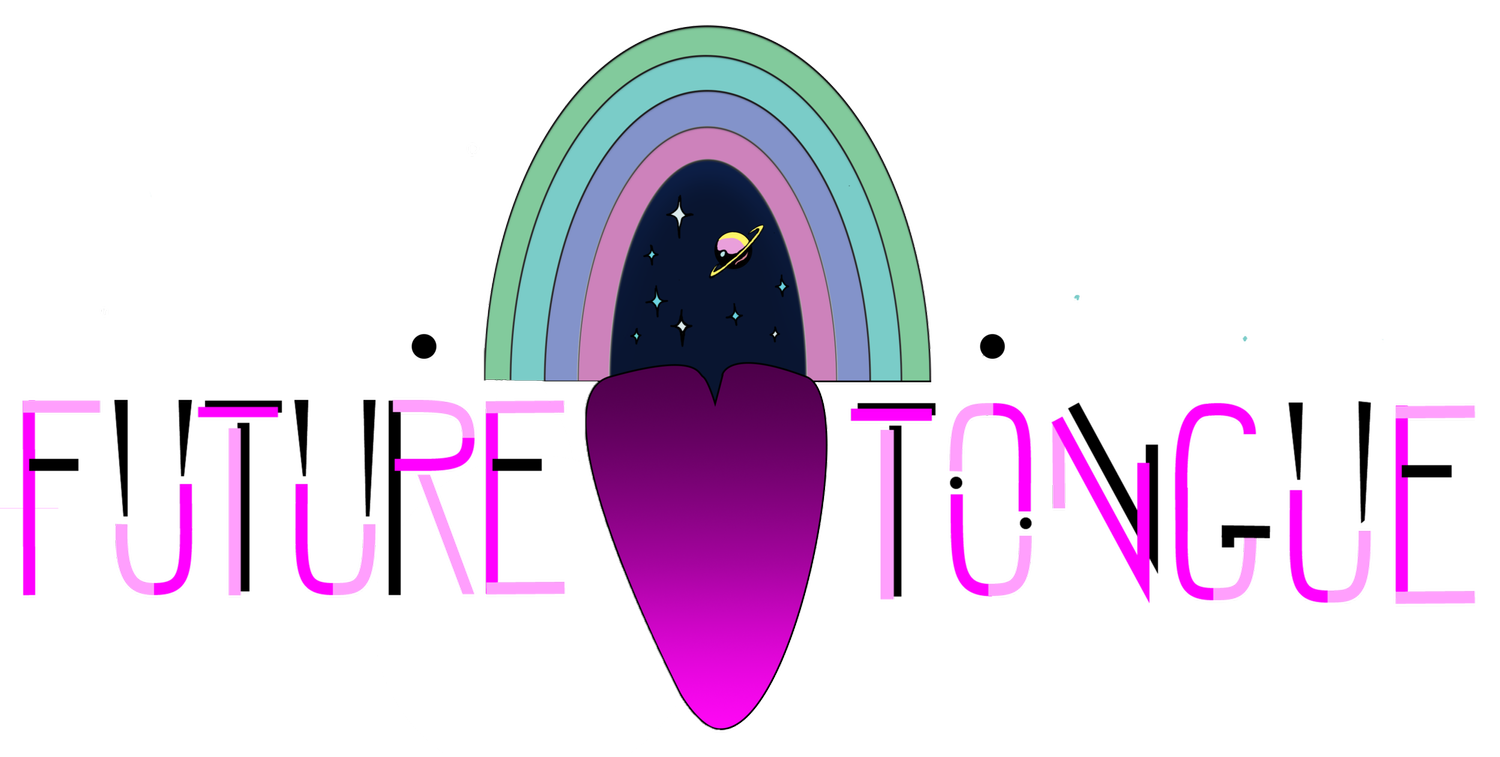MAJA RUZNIC
DOWNTOWN, LOS ANGELES
Have you ever met someone who, after the first conversation, makes you feel as if you know them better than most of your friends? That's what it's like talking with Maja Ruznic. She is incredibility self-aware, sharing every part of herself, including her more beautifully, tragic moments.
Maja often rides the metro to her studio when she is not teaching at the Hope Center For The Arts in Anaheim. She works with adults who have various intellectual challenges, such as Autism, Down Syndrome, or William's Syndrome. She learns a lot from her students and says watching them paint reminds her to keep a childlike freedom in her own work.
Her studio is fully saturated in color. Her work, which ranges from water mediums to paintings, to sculpture, fills the walls. We caught her as she was carving out the figures and negotiating the edges of a heavy blue mark in the painting entitled Pile. Maja is an immigrant from Bosnia and was shuffled through multiple refugee camps with her mother when she was very young. She shared with us how this experience has shaped her perception. Engaging themes of violence, abandonment, and despair, she draws inspiration from the people drudging through the streets or a couple sleeping together on a bench. She captures emotion through her application of color and form, intentionally creating discomforting moments in her paintings. Needless to say, Maja Ruznic views the world through a unique lens.
Maja Ruznic will be having a solo show at Jack Fisher Gallery, in San Francisco in October.
Posted on April 21, 2016
Interview by Britt Harrison
Photography and Videography by B. Justine Jaime
EVERY GRAIN IN THE PILE
I was in my first refugee camp when I was eight or nine years old in Klagenfurt, Austria. I remember playing in this sandbox when all the other kids were in the playground. The sand was warm and I liked the feeling of the heat pressing against the back of my legs.
It was a sunny day and I remember the sensation of squeezing the sand in my hands and looking up at the sky. That was my first memory of experiencing my surrounding in a completely intoxicating way. I think that was the moment I knew I would become an artist.
LEAVING BOSNIA
It was April 1992. I was in the third grade. My mom and I were living with my grandparents, because my parents separated before I was born. I remember that morning was like any other. I was supposed to go to school, but my grandmother told me it was not safe. In the prior months, the adults were glued to the TV, and I had this feeling that something was going to burst. I was helping my grandma with the dishes when the sirens started wailing. People were running down the street. My grandmother grabbed my hand and managed to pull down some clothes that were drying on the clothing line. We ran to the Sava River and were amongst the lucky ones who made it to Croatia. That day, I didn't know that I wouldn't come back to Bosnia for seventeen years.
My mom was at work that day and I was really scared because she wasn't with us. I don't remember if we were separated for a few days or a few weeks. Memory is funny like that. I was playing with some other kids at camp when I saw a faint figure walking towards us. I knew it was my mom. I recognized her long jacket and her black, puffy hair. I ran down the street and jumped into her arms.
We had to keep traveling, but my grandparents didn't want to go. They said even if they died, they'd rather die in their own home, so they decided to go back to Bosnia. I'll never forget that day. We were sitting in the back of the bus and I remember waving to my grandpa. His body was getting smaller and smaller as the bus drifted away. My mom and I rode to Klagenfurt. The building we stayed in was a convent. It was a large, gray, oppressive looking building. We shared everything there —bathrooms, food, clothes. Eventually, we moved to San Francisco in 1995 with the help of the International Rescue Committee.























